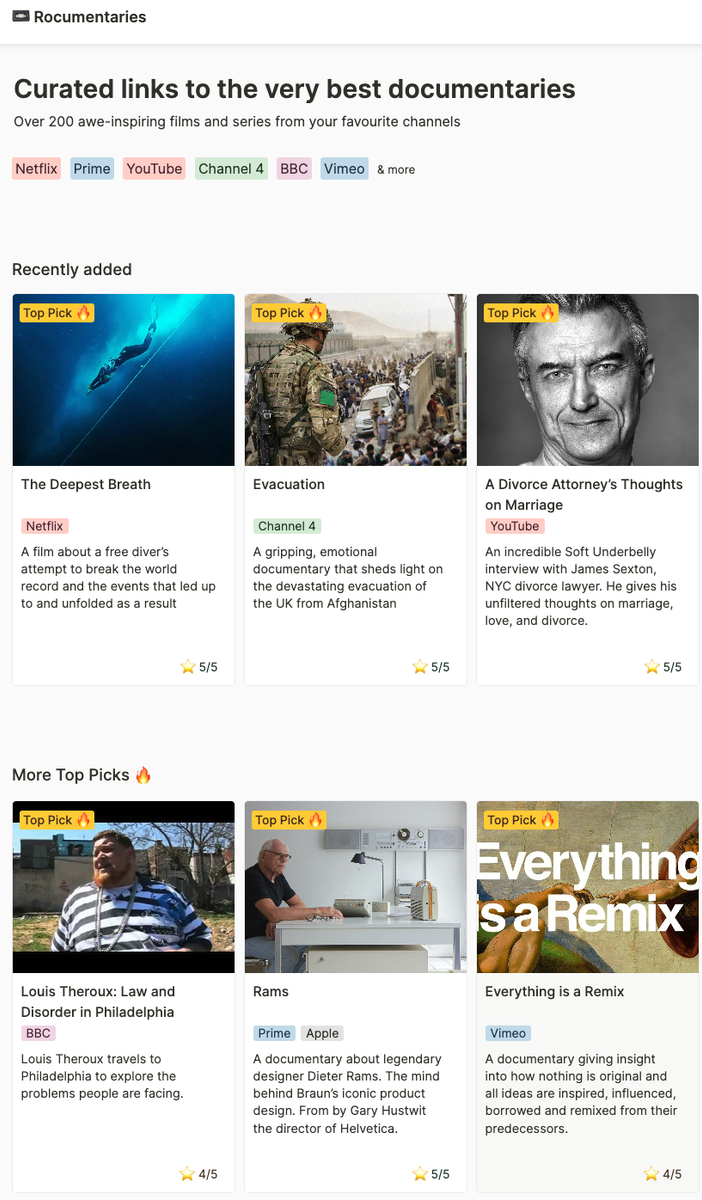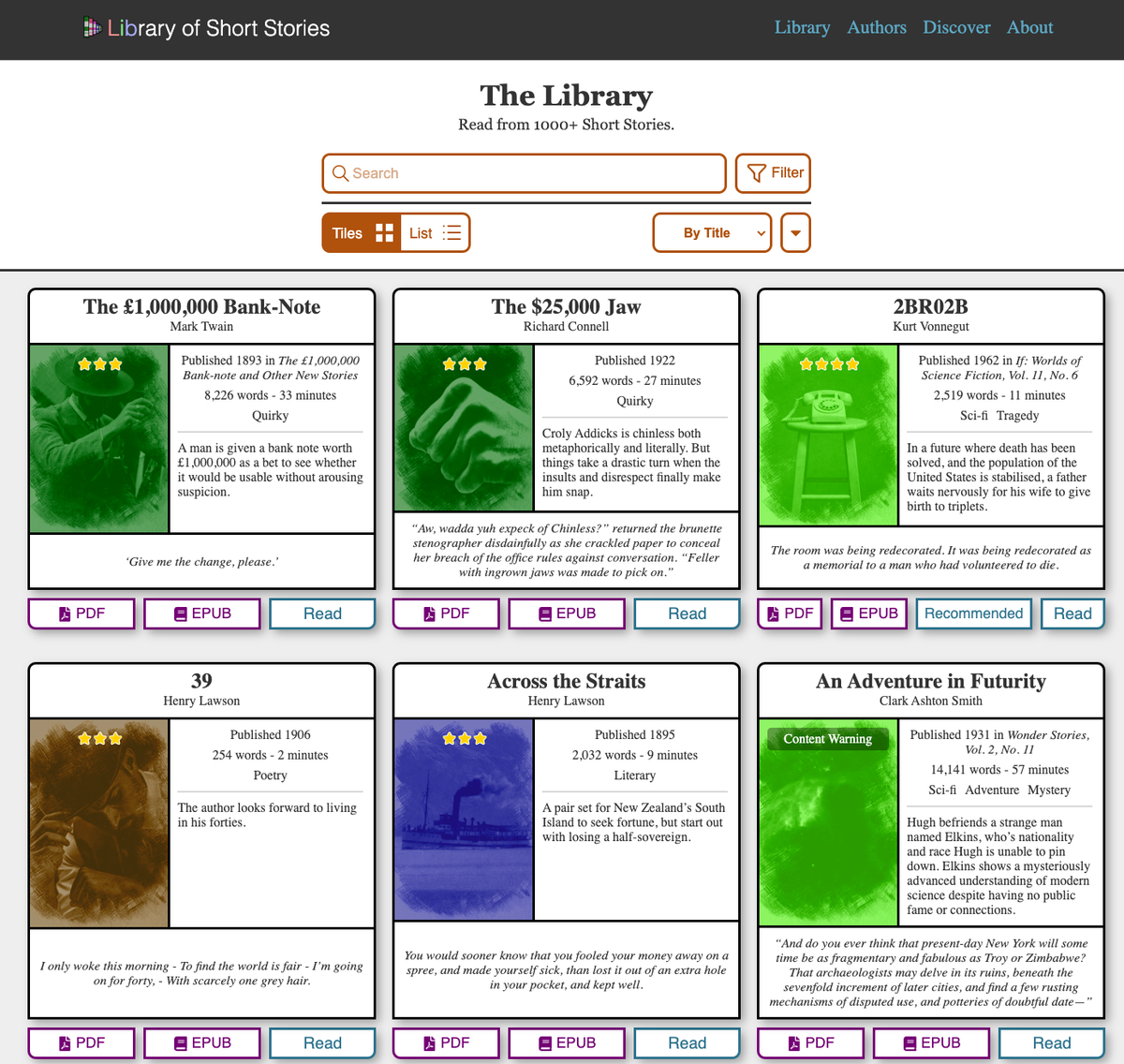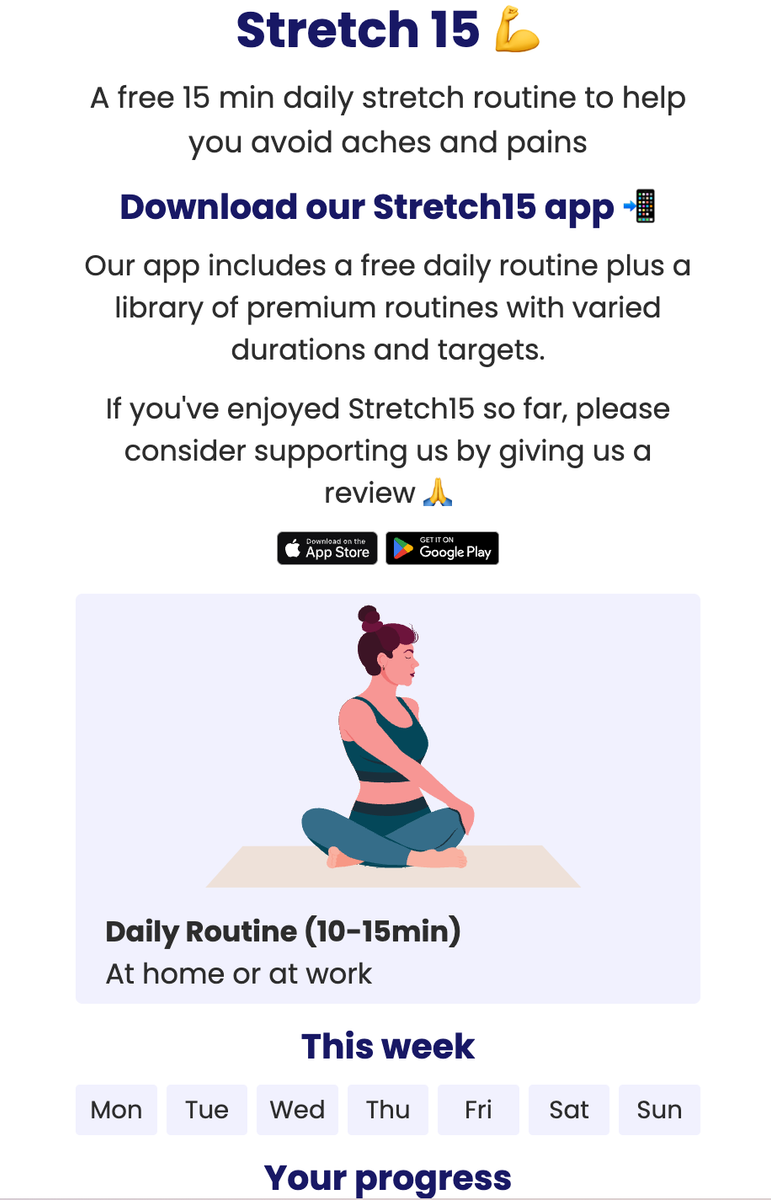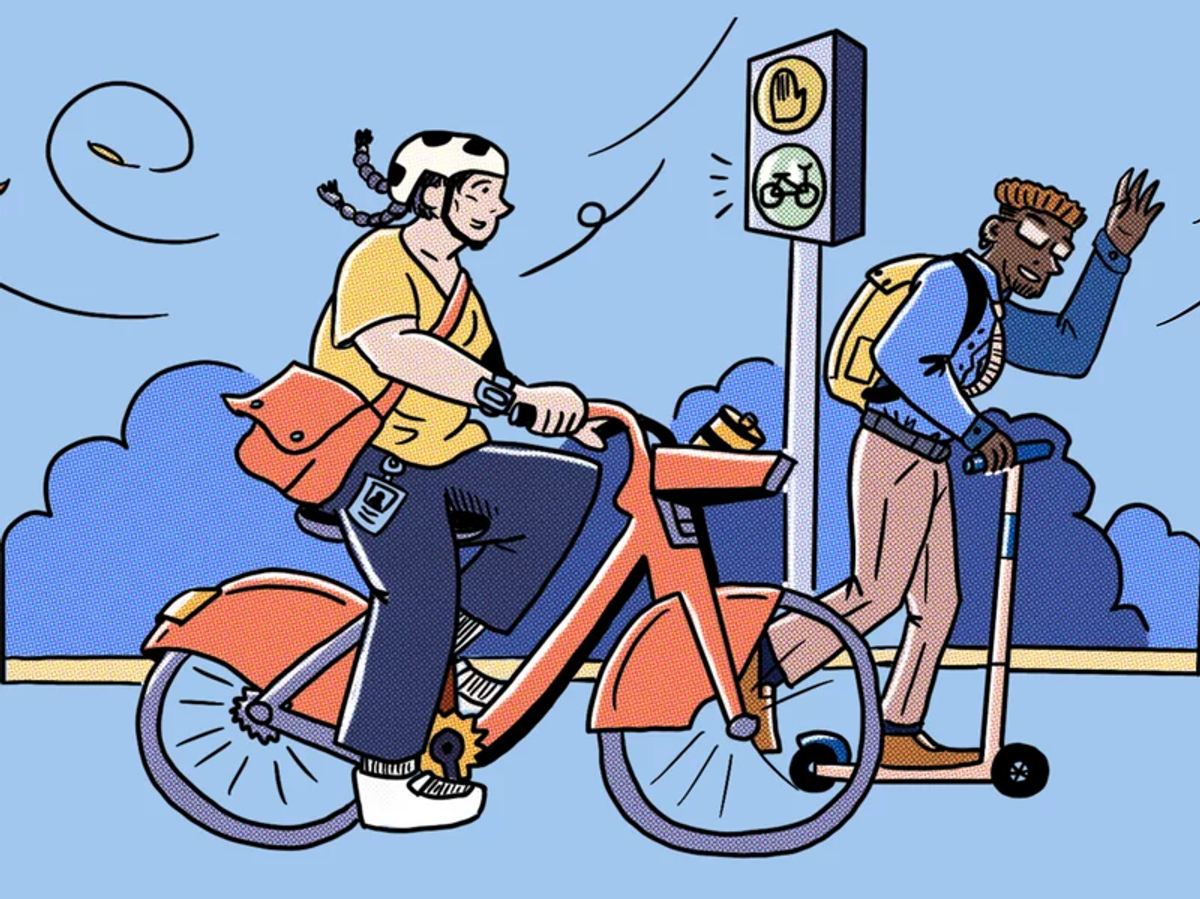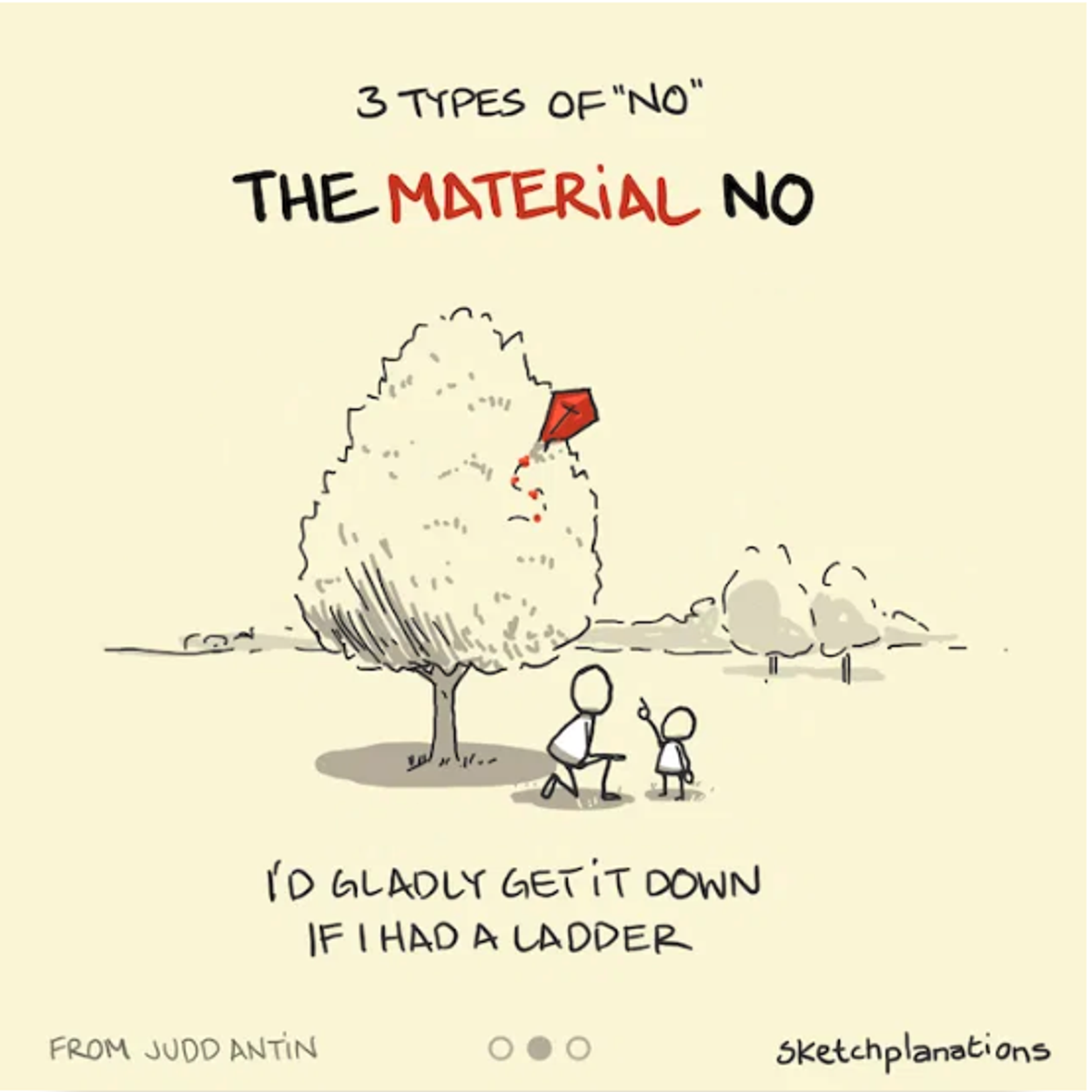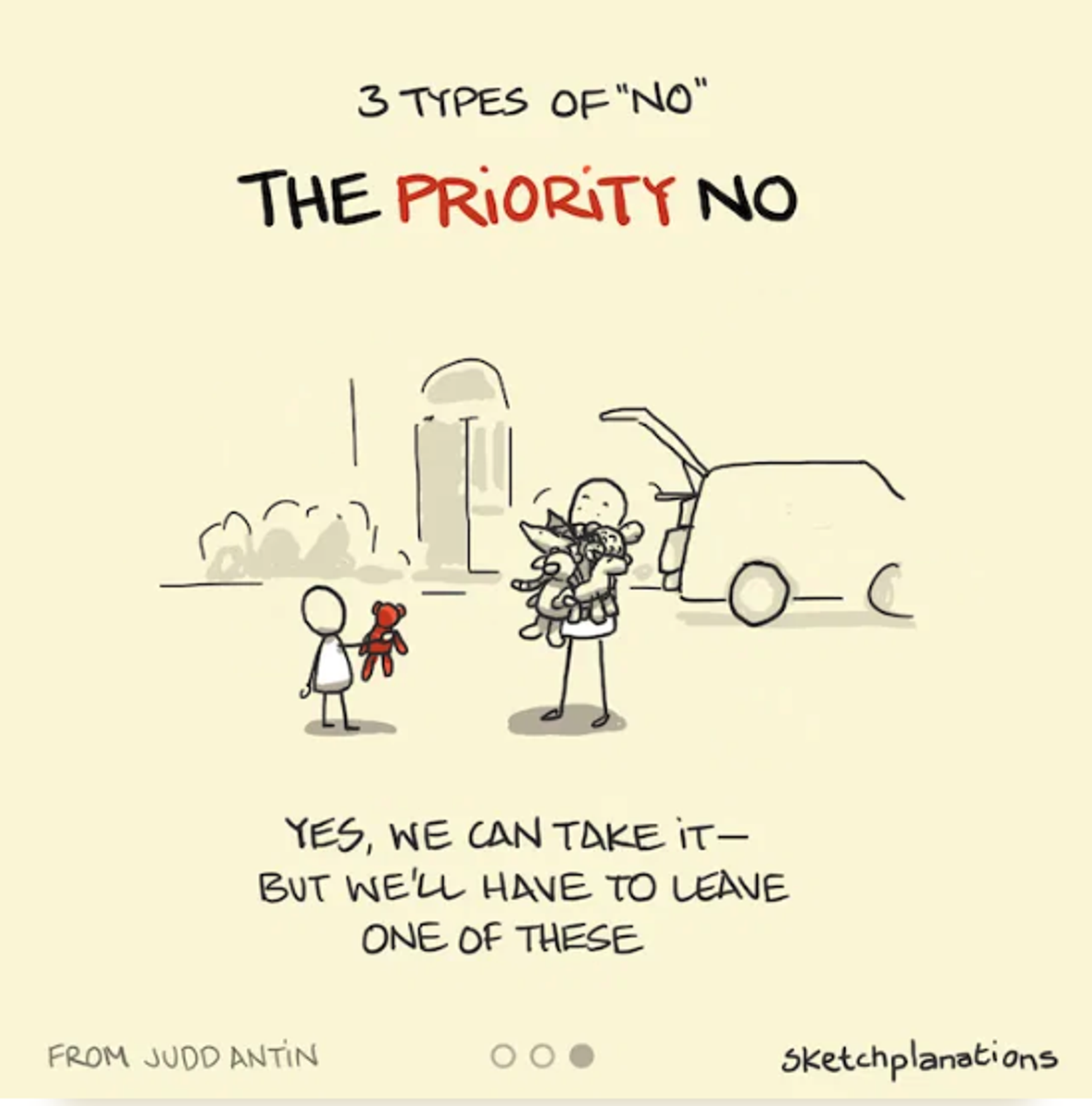Teachers' Page:

We start each week with a Monday Morning Meeting for staff. It's a time for information sharing, celebrating staff and children's achievements, laughter, building and strengthening the kaupapa foundations for our school, and a few tips on teaching, techie skills and even life. This page will be the place teachers can come back to if they want to revisit anything we covered in our Monday Morning Meetings.
It's really a page for teachers, but if you find anything worthwhile here for yourself, great.
Web Sites:
Google Slideshare with Fijian Language Week resources and activities.
Rocumentaries:
Library of Short Stories - Free:
https://www.libraryofshortstories.com/stories
Simple Stretching:
NEAT Fitness
Key Takeaways
NEAT (non-exercise activity thermogenesis) plays a significant role in calorie burning and overall metabolic health, making small behaviour changes that increase daily activity crucial.
Seemingly trivial movements, like walking or doing household chores, can add up to make a big difference in calorie expenditure and should be incorporated into daily routines.
Increasing NEAT levels through conscious effort and small lifestyle changes can have long-term health benefits, including improved weight management and reduced risk of various health problems.
Summarised
The concept of non-exercise activity thermogenesis (NEAT) is discussed in this article as a way to improve metabolic health. NEAT refers to the calories burned through daily activities that are not purposeful exercise. Small behaviour changes can increase NEAT, such as walking instead of driving, taking the stairs instead of the elevator, or doing household chores.
NEAT can have a significant impact on calorie burning, even more so than structured exercise. Factors such as job type and biology can influence NEAT levels. Increasing NEAT can have long-term health benefits and help manage weight. Suggestions for increasing NEAT include using standing desks, walking during meetings, and incorporating more movement into daily tasks. Overall, NEAT is accessible to everyone and can be improved with small changes in mindset and behaviour.
Techie Tips:
3 Questions To Get Unstuck:
Three questions to help you get unstuck and start making progress when you're feeling frustrated or procrastinating.
What haven't I done yet? Why? —
This question helps you identify unfinished tasks and understand the reasons behind your procrastination.
What's stopping me from doing this? —
This question assists in identifying obstacles and excuses, allowing you to address them and move forward.
What is making me frustrated or discontented? —
This question encourages reflection on your sources of stress so that you can address those issues head-on.
Procrastination often feels like an invisible hurdle I can’t jump over, but once I get clarity on what my obstacles are, the path becomes clear to me and I can get it done.
How To Say No
Saying "no" isn't easy. But there are different ways to say "no" to someone's requests without feeling like you've let them down while being realistic and constructive and ensuring the requester feels heard.
I really like this framework of three types of "no" from Judd Antin.
Delivering a “no” can feel like a flying kick to the body… unless you know how to do it right!
1. The Yes No
With the Yes No, you say "yes" to the need and "no" to the specific ask.
So, a child asking for an ice cream may indeed need something to eat even though they might not get an ice cream. Or the request to make the sign-up button larger might well indicate that it's easy to miss, though a better solution may be to change its colour or the layout of the page.
The yes no is complicated, but powerful.
2. The Material No
With the Material No, you are saying yes to the request if you have the time/budget/people/tools to do it.
So, you would love to get the kite out of the tree if you had the tools to reach it. Or the request to make an additional change might be possible on the basis that you can push back the launch date or add another person to the team.
3. The Priority No
With the Priority No, you are saying yes, we can do it as long as we're happy to drop something less important.
So, you can take the extra cuddly bear in the car if we can choose a different one to leave behind. Or that you can do that project on the basis that we postpone another we had planned.
In each type of "no", the intent is to support and meet the needs of the person requesting while clearly explaining the reasoning for what you'd need to get it done. In each case, the "no" leads to valuable discussions of larger issues of what the real need is, what's required to get a job done, and what's really important.
Sketchplanations
Anchors and tugboats. One holds you back, and one pulls you forward.
Negativity can act like an anchor holding you back, narrowing your focus and restricting your potential.
Positivity, by contrast, acts like a tugboat pulling you forward. It's expansive. It opens us up to the opportunity we have, gratitude or joy.
I heard this analogy from sports psychologist Justin Ross. It's a curious thing, he points out, that we don't actively learn how we should talk to ourselves; it just happens. If you're out running and things get tough, or if you're having a hard time at work or as a parent, our self-talk starts about how things are going and how we got here. But rarely do we consciously think about how we should talk to ourselves. To get to positivity from a place of negativity, he says, the first step is awareness and noticing the negativity anchoring us down. Only then can we think about transforming the negative thoughts into positive ones and starting to feel the pull of the tugboat.
This example is sports psychology, but it applies throughout our lives.


